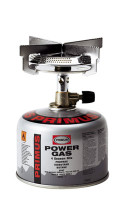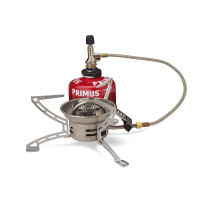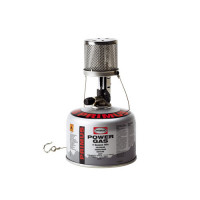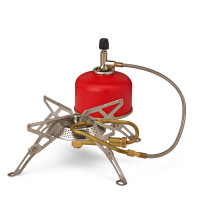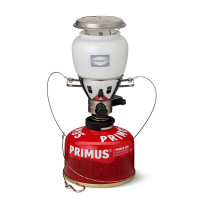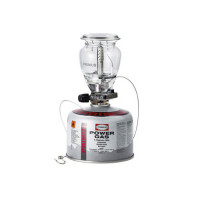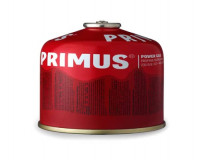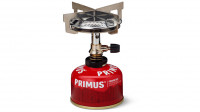Primus
Carefree shopping at doorout.com
with 20 years of experience
- Expert advice - even after the purchase
- 99.82% customer satisfaction with over 21,000 reviews
- Free postage (from 50 EUR) & 30 days free return
- secure purchase on account
Primus Manufacturer information
- 1892 – After a lengthy development phase, the two business partners F.W. Lindqvist and J.V. Svenson begin production of the first soot-free petroleum stove. This is christened "Primus".
- 1897 – Equipped with a Primus stove, Andrée attempts to reach the North Pole in a hot air balloon. Late 19th century - The original Primus logo appears on advertising material and stoves
- 1907 – A factory is opened on the Stockholm island of Lilla Essingen.
- 1911 – Roald Amundsen reaches the South Pole with a Primus stove in his luggage
- 1930s – 1950s - With the advent of liquefied petroleum gas, the first liquefied gas stove burns in 1938. In the 1940s and 1950s Primus produced gas stoves, gas lanterns and gas cartridges to go with them.
- 1950 – After leasing a factory building in Hagfor and renovating it, Primus moves into the new factory in 1954.
- 29. May 1953 – On the ascent of Mount Everest, the first two climbers are accompanied by a Primus stove.
- 1960s – The new Primus logo is created, based on the logo of the current brand owner Esso.
- 1978 – Environmental protection: To curb the clearing of African forests, Primus develops a gas stove especially for African countries.
- 1996 – The prototype of the Primus MultiFuel is tested by the Swede Göran Kropp. He cycles to the Himalayas, climbs Mount Everest without the aid of oxygen and cycles back to Sweden. The following year the stove, which burns gas, petrol, paraffin and kerosene, is launched.
- 1999 – Opens own production facility in Tartu, Estonia.
- 2001 – Launch of OmniFuel stoves, suitable for all fuels.
- 2006 – Revolution of the Eta concept: the new stove sets new standards. Efficiency is doubled and low fuel consumption is guaranteed.
- 2011 – The now award-winning OmniLite Ti expedition stove embodies the current technical standard in versatility and low fuel consumption.
- 2013 – The burner builds significantly lower through the use of the new Laminar Flow Burner technology (LFB)
- 2014 – The logo was redesigned and two shops went online
Sustainability
Sustainability is an important issue for Primus, because our environment offers enough eco-friendly and resource-saving alternatives not to destroy nature. Therefore it is of high importance for Primus to come as close as possible to the ideal goal of "climate neutrality". The constant search and control of sustainable products often leads to the fact that some development steps stop because no environmentally friendly solution is available. Primus wants to do away with fossil fuels completely at some point, so alternatives and options are constantly being sought without compromising performance or reliability in operation.
Environmental friendliness and a long life
With normal use, the stove will be a companion for many years and will not need to be replaced any time soon. However, an extensive stock of spare parts means that damaged parts, even from older models, can always be replaced and the life of the stove extended once again. During a cooking process 90% of the total energy used is consumed. Until an alternative to fossil fuels is found, everyone can take care to minimize consumption. The Eta cooker, for example, has an efficiency of up to 80%. With conventional cookers this is around 40%! By using it in a more environmentally friendly way, not only the emission of carbon dioxide is reduced, but also that of the emissions that occur during production and transport.
With manual work to success
Every new Primus stove is monitored every step of the way, from concept to production. When a stove finally leaves the factory, it is inspected and tested by hand. This last step can result in signs of use, but these should not be regarded as defects, but rather as a sign of quality for flawless use.




